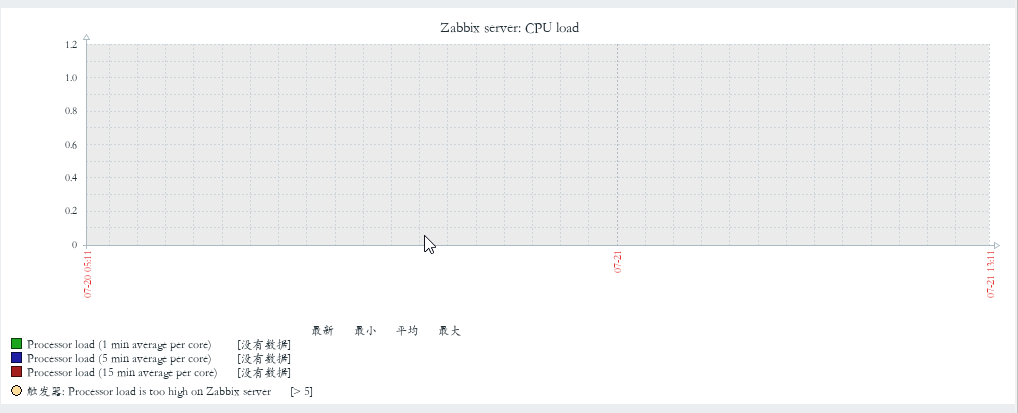This question already has answers here:
Closed 8 years ago.
Possible Duplicate:
Matlab Cross correlation vs Correlation Coefficient question
When I cross correlate 2 data sets a and b (each 73 points long) in MATLAB and graph it, it appears like a triangle with 145 points. I'm confused between the correlation coefficient and the triangle-like graph when I plot the cross correlation output which ranges from +/- 1.
I seriously think you need to read up more on cross-correlation functions & correlation coefficient from a statistics book, because your confusion here is more fundamental than related to MATLAB. Unless you know what you're dealing with, you cannot make sense of what MATLAB gives you, even if you get the program right.
CROSS-CORRELATION:
Here is what you do in a cross correlation. Consider data A and B as follows
A B
x
x | x x
| | | x |
| | x | | | x
| | | | | | |
--------------- -----------
0 1 2 3 0 1 2
You then take B and slide it all the way to the end, so that the last point of B and the first point of A are aligned:
x
x | x
| | |
| | x |
| | | |
----x---x------------------
-2 -1 0 1 2 3
x
x |
| | x
| | |
----------------x---x---x--
-2 -1 0 1 2 3
You fill in zeros where ever the data does not exist i.e., in this case, B beyond 0 and A before 0. Then you multiply them point wise and add, giving 0 + 0 + 3 + 0 + 0 + 0 = 3 as your first point in the cross-correlation.
Then you slide B one step to the right and repeat
x
x | x
| | |
| | x |
| | | |
----x------------------
-1 0 1 2 3
x
x |
| | x
| | |
----------------x---x--
-1 0 1 2 3
giving 0 + 9 + 4 + 0 + 0 = 13 as the second point in the cross-correlation. You keep doing this till you slide B all the way to the other end of A.
The resulting vector is length(A)+length(B)-1, the -1 being because we started with an overlap at 0, so it's one point less. So here you should get 3 + 4 - 1=6 points in the cross-correlation and in your case, you should get 73 + 73 -1 = 145 points.
As you can see, the value of the cross-correlation vector at any point, need not be within ±1. The cross-correlation has a maximum when the two data vectors are "most alike". The "offset" of the peak from zero gives an indication of the "lag" between the two datasets.
CORRELATION COEFFICIENT
The correlation coefficient (I'm assuming Pearson's) is a mere number defined as
Covariance(A,B)
r = --------------------------------
________________________________
\|Covariance(A,A)*Covariance(B,B)
where Covariance(A,A) is better known as Variance(A). This is a quantity that can range from -1 to 1 (as for why it has to be between ±1, look up Cauchy-Schwartz inequality)
NOTE:
While you can most certainly calculate the cross-correlation of two data vectors with unequal data points, you cannot compute their correlation coefficient. The notion of covariance is a measure of how two variables/datasets change together and is not defined for unequal datasets.
Have you read what that function returns?
http://www.mathworks.com/help/toolbox/signal/xcorr.html
c = xcorr(x,y) returns the cross-correlation sequence in a length 2*N-1 vector, where x and y are length N vectors (N>1).
2*73-1=145 so that checks out. And the formula right below it explains why.





